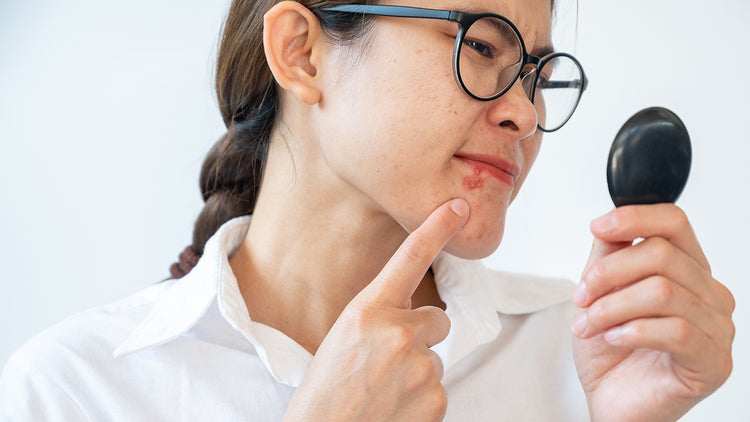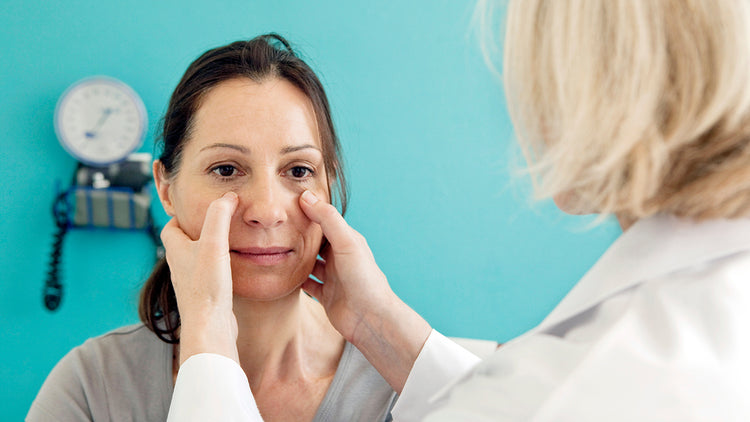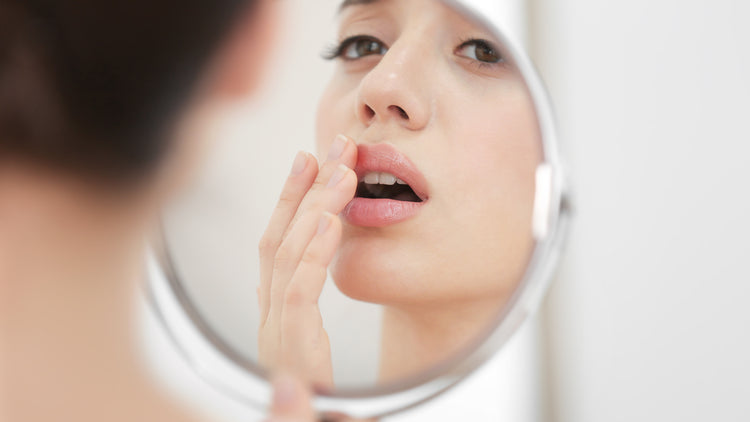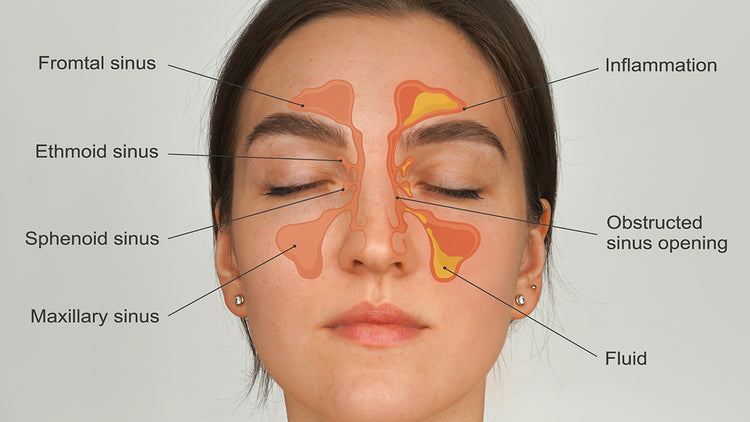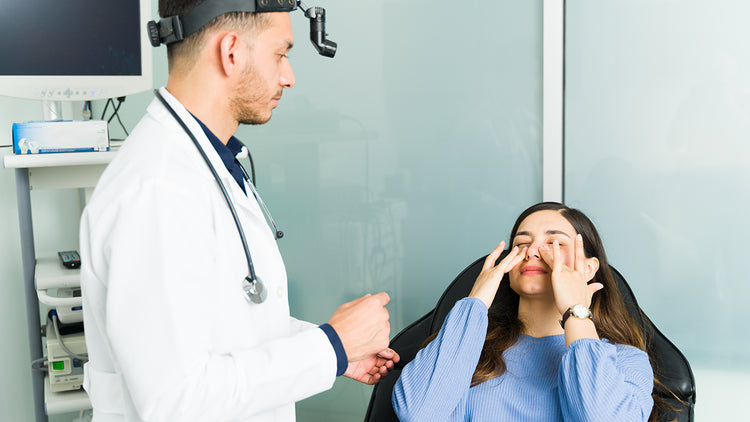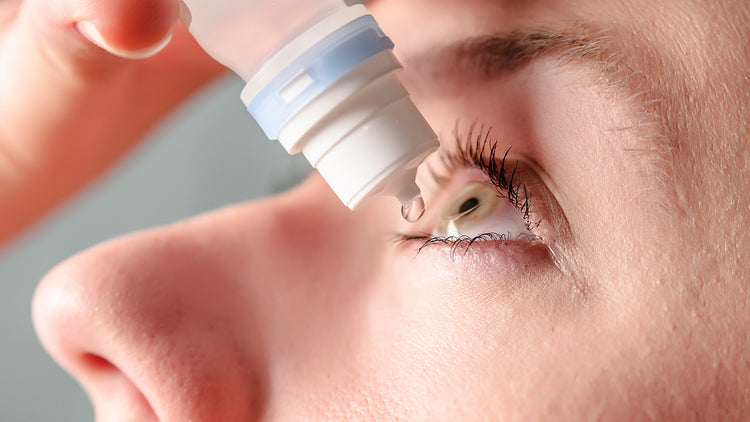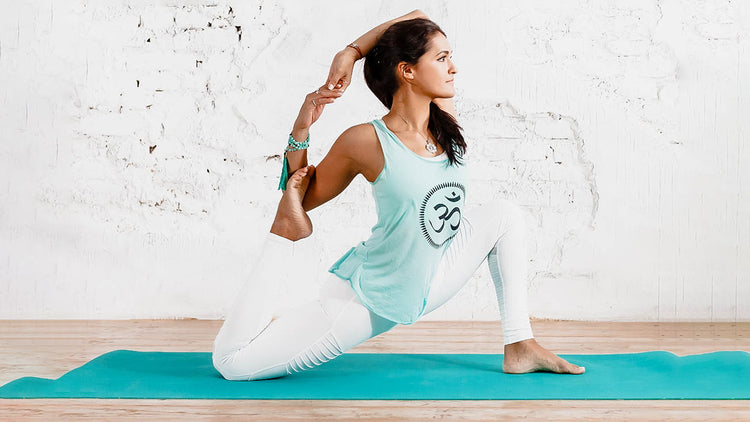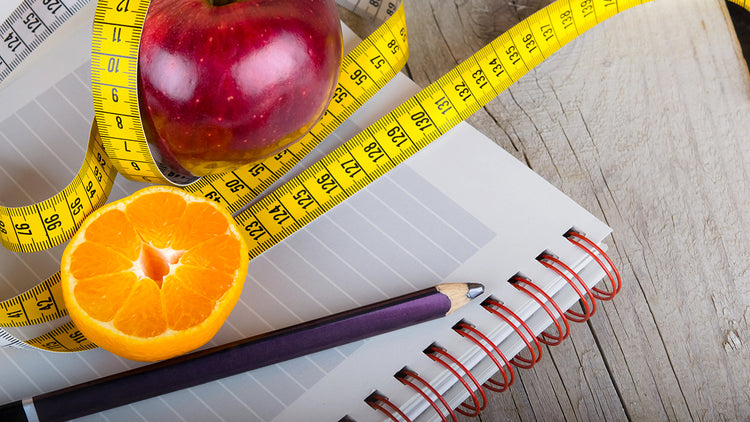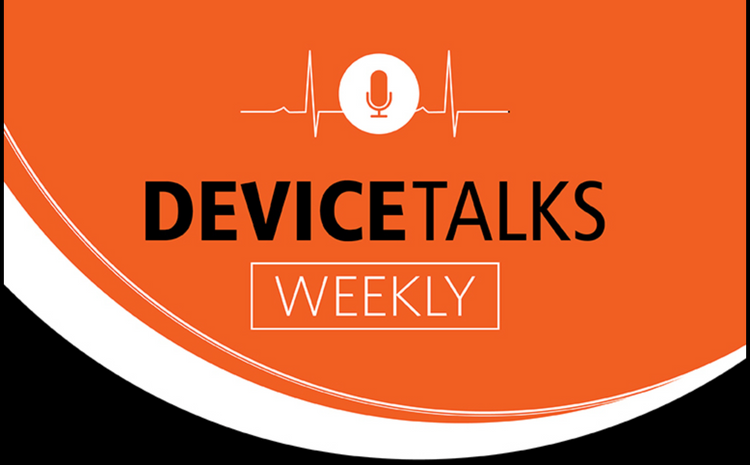
If you think of the word ergonomics, you probably think of those weird-looking but crazy comfortable ergonomic chairs that place your body at all the right angles. Or maybe you’re envisioning all those wrist rests and that odd-looking “ergonomic mouse” your coworker uses. Do these things really make a difference, or is ergonomics just another marketing gimmick?
In our Checkable podcast episode 14, Tips to Help Prevent Injury at the Workplace and at Home, we asked Crystal Nelson, founder of Fargo Ergonomics and Alter Ergo, to weigh in on ergonomics and how it can improve your life.
Ergonomics is defined as the study of people’s efficiency in their working environment. But for Crystal, it goes deeper than that. “When I first learned about the idea of ergonomics, I was instantly attracted to this idea of injury prevention,” she says. By doing things like lifting correctly, sitting with the correct posture, or alternating sitting and standing enough in your day, you can prevent a lot of injuries that physical therapists commonly treat. She breaks down a few common ways to incorporate ergonomics into your life.
Lifting
As moms, we’re lifting a lot more than we realize; whether it’s cleaning up toys off the floor, picking up kids, hauling laundry upstairs, or lifting our work bag at work, we lift a lot. “The goal is to squat with your back upright without bending forward at your hips, to let your knees and your legs do a lot of the work. Once you squat down into position, then grab your child (or whatever you’re lifting) and bring them close to you so you don't have to keep your arms extended as you're standing up. Once you're at that point where you're ready to lift, you want to keep breathing, don't hold your breath, and then stand up with mostly your legs, trying not to lean forward while keeping your arms close to your body.” Practice this technique no matter what you’re lifting.
No slouching
Turns out, our moms were right: we do slouch too much. Crystal says that “as far as ergonomics go, the best thing you can do is to ensure you're seated and supported in an upright posture. You aren't fully supported if you’re leaning, hunched, or slouched. “What happens then is your primary muscles become fatigued, and your brain sends out a message and says, Oh hey, we need some backup here; these muscles are getting tired, who else can help out? So then the secondary muscles try to kick in, and they try to do the job of those big, strong primary muscles. And when the secondary muscles try to help out, and the original muscle is fatigued already, that's when we can start to feel some feelings of discomfort or start to get the onset of some of those musculoskeletal disorders.”
Turns out, slouching can also wreak havoc on our pelvic floor as well. If you’re slouching, you’re putting pressure on the organs inside your pelvis or pressure on your hips or tailbone, which could cause pain, tightness, and other issues. She recommends trying to sit in a neutral position.
“A neutral position is with your pelvis upright with some of the weight distributed to your buttocks. There's a bony part of your buttocks called the ischial tuberosity, which is an area that you may feel when you are sitting more upright and more in a neutral position. You don't want to feel that you're sitting on your tailbone; you don't want to feel like you're leaning forward too far, either. So a nice neutral position with the muscular part of your gluteus maximus supporting you in that seated position.”
Alternate sitting and standing
You’ve probably heard that “sitting is the new smoking” in relation to how many health problems are associated with sitting all day and being sedentary. However, standing all day long isn’t the solution either. Crystal says we should aim to sit for about 75% of our day and stand for around 25%, but broken up into small chunks of time. “The goal is to stand for five to 15 minutes per hour. So if you have a height-adjustable desk, that's where those come in handy. If not, get around and move about your office.” Or you can try the 20-8-2 Rule, where you sit for 20 minutes, stand for eight, and move about or stretch for two minutes.
Sitting pretty
If you’re going to spend 75% of your workday seated, it should be in something that supports your body properly. Here are a few things Crystal recommends when looking for your next office chair. When seated, your hips, knees, and elbows should all be at 90 degrees. The front part of the chair should be about an inch from the back of your leg; if that seat pan is too short, then most of the force and weight from your upper body is directed down toward your low back and hips.
When you’re seated, Crystal recommends keeping your feet flat on the floor at all times. “This is one habit; if you are going to take home a new habit today, I want you to stop crossing your legs at your knees. You can cross your legs at your ankles, and then once you are comfortable with that, then you can try to progress into just keeping both feet flat on the floor as often as possible.”
Avoiding “text neck”
Everyone from preschoolers to senior citizens is using phones and tablets these days, and chances are, you’re probably reading this on one yourself. And if you’re like most people on their phones, you’re probably looking down at your phone in a bit of a slouched position. Crystal has some ergonomics tips on correcting that posture to help avoid injury and issues later in life.
“I would highly recommend educating your kids on the positioning of their electronics. Naturally, when we hold a phone, a gaming system, a tablet, you name it, we end up holding it close to our body, so our neck ends up being flexed more than what is comfortable or what is needed. Tell your kids to hold their electronic devices up a little bit more so they're closer to the front of their faces and keep their heads in that neutral position. If you have older kids, tell them to tuck their chin back a little bit as well, almost creating somewhat of a double chin. By practicing these two items, you can promote that upright posture so your kids don't have issues later on in life. Even though they're young and healthy now, these can be little contributors as they continue to age, and they may be more susceptible to injury as they get older. Another way to encourage that upright posture is to have your kids rest their tablet on a tabletop or a desk so they can relax back in their chair and watch their video in a neutral posture.”
Ergonomics is nothing more than a few small tweaks to how you do everyday things that can add up to big improvements to how you feel and how well you move. For more information on ergonomics or to get a free ergonomic assessment, you can visit Crystal at youralterergo.com.
Life is too short to sit in a doctor’s office
Sign up for our weekly newsletter and get valuable healthcare tips and tricks in your inbox!
Sign up now and unsubscribe anytime.
- Choosing a selection results in a full page refresh.
- Press the space key then arrow keys to make a selection.











